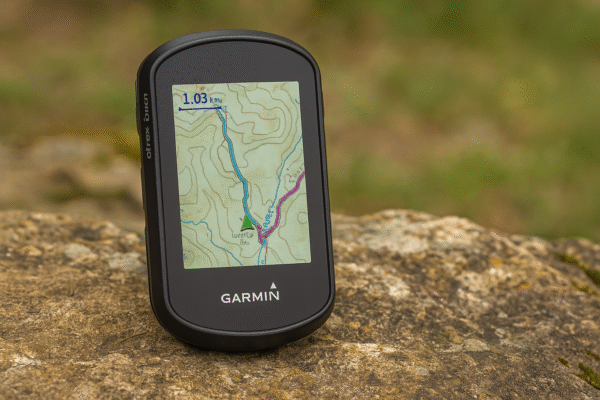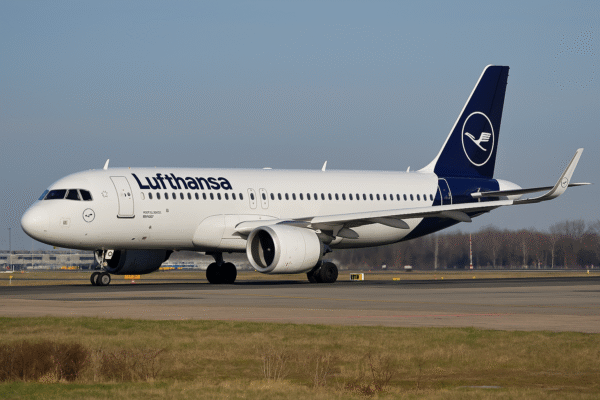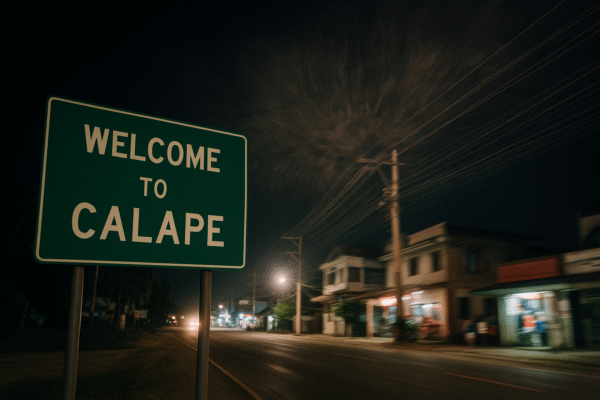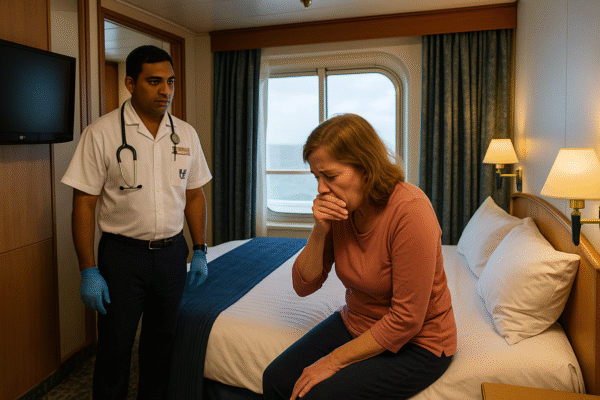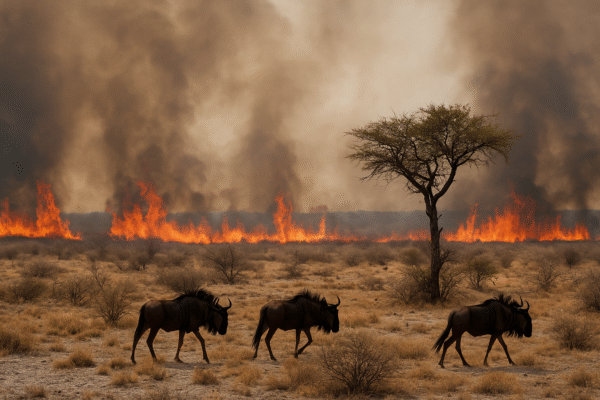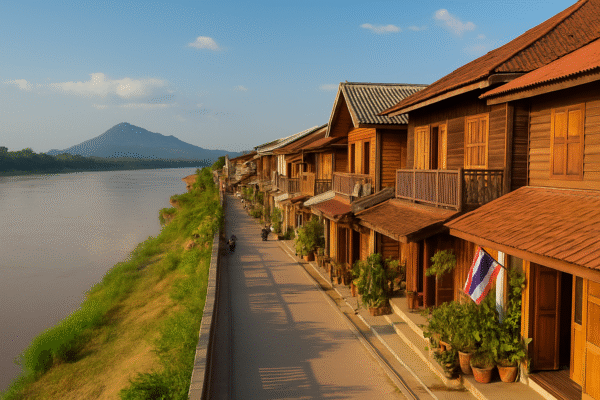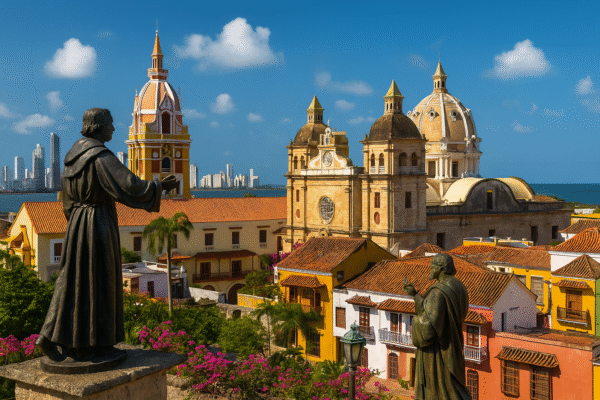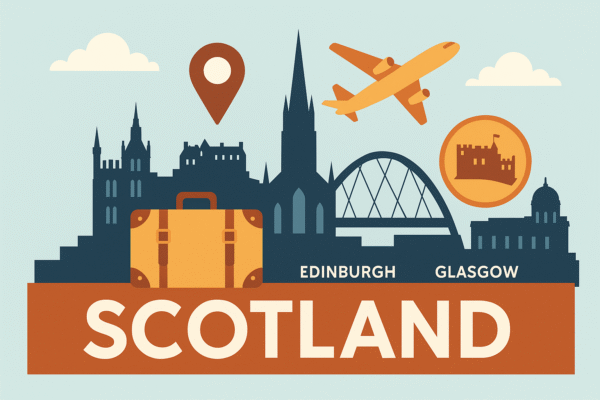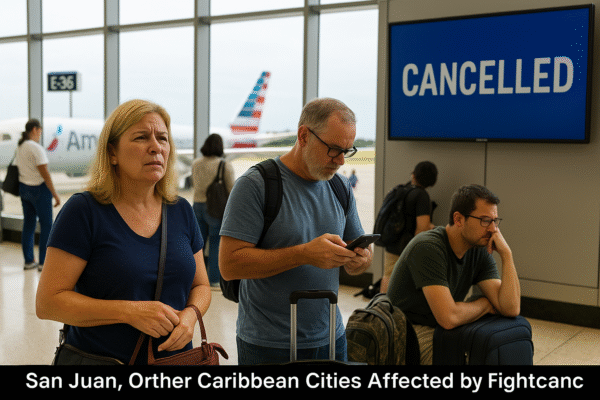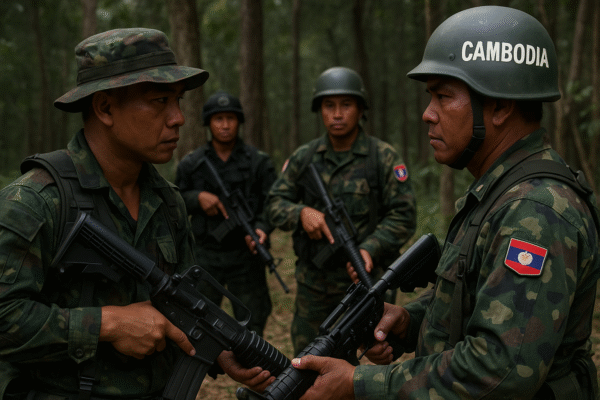Thailand’s tourism industry, a cornerstone of its national economy, faces a delicate balancing act as surging demand collides with security concerns along its eastern frontier. With visitor arrivals rebounding strongly from global travel disruptions, the Government is racing to maintain its reputation as a safe haven for leisure and business travelers. Recent military skirmishes between Thai and Cambodian forces have prompted international advisories, challenging hoteliers, tour operators, and airlines to adapt rapidly to evolving safety protocols without dampening growth momentum.
In 2024, Thailand welcomed more than 35 million international arrivals, ranking among the top five global destinations and underscoring the sector’s vitality. Fueled by visa exemptions for key markets like China, India, and Malaysia, arrivals soared by double digits from the previous year, generating over USD 60 billion in export earnings. Projections from the Tourism Authority of Thailand (TAT) suggest that inbound tourism could reach a historic 150 million visits by 2030, bringing significant revenue and infrastructure investments to regions nationwide.
The border dispute centers on contested territory around the Preah Vihear temple complex, where fierce clashes erupted in early 2025. Heavy artillery exchanges and rocket fire have resulted in civilian casualties and temporary village evacuations on both sides. As tensions flared, local authorities declared emergency measures in border districts to secure tourist routes and shield communities from crossfire, a process that has tested Thailand’s rapid-response crisis management capabilities.
In response to the security situation, the U.S. State Department upgraded its Thailand travel advisory to Level 2: “Exercise Increased Caution,” specifically warning against travel to southern provinces Yala, Pattani, and Narathiwat, as well as the immediate Cambodia border zone within a 50‑kilometer radius. Other governments, including Canada and the United Kingdom, issued similar advisories. Tourists planning excursions to historic sites in Siem Reap or coastal resorts in Trat are urged to consult official channels before finalizing itineraries.
Rising demand has spurred airlines to bolster flight capacity despite the advisory backdrop. Norse Atlantic Airways added thrice‑weekly service from Oslo to Bangkok, diverting planned U.S. routes, while Thai Airways reintroduced Airbus A380 charters from London and Sydney. Regional low‑cost carriers, including Thai Vietjet and AirAsia Thailand, expanded frequencies from Kuala Lumpur, Hanoi, and New Delhi, catering to growing interest from South Asian and Southeast Asian markets.
To sustain momentum and reassure travelers, the TAT launched a digital “Safe and Smile” campaign targeting prospective visitors in India, the Middle East, and Europe. The initiative emphasizes accredited hygiene standards at four‑ and five‑star resorts, leverages influencer partnerships to showcase off‑the‑beaten‑path experiences, and highlights seamless visa‑on‑arrival and eVisa processes. Early analytics indicate a 20 percent uptick in engagement across key social platforms compared to pre‑campaign benchmarks.
Travel insurers have introduced tailored policies to cover trip disruptions related to security incidents, while metasearch platforms now flag border areas with real‑time safety overlays. Major hotel groups, including Accor and Marriott, rolled out flexible cancellation terms and enhanced on‑property medical facilities. Tour operators recalibrated adventure and cultural itineraries, routing guests through Ayutthaya, Chiang Mai, and the southern islands rather than sensitive frontier zones.
Thai authorities boosted patrols and joint inspections along the 1,200‑kilometer frontier and fast‑tracked a joint boundary committee with Cambodia under Malaysia’s mediation. Seventeen districts across Chanthaburi, Sa Kaeo, and Trat provinces are on high alert, with checkpoints enforcing strict ID checks for visitors. Investments in satellite surveillance and drone reconnaissance aim to provide early warning to both civilians and tourism stakeholders, while localized peace talks offer hope for lasting de‑escalation.
Travelers planning a Thailand itinerary are advised to register with their embassy or consulate, secure comprehensive insurance, and monitor the TAT’s official channels for daily updates. Avoid routes near the Aranyaprathet–Poipet crossing, maintain flexible booking arrangements, and consider guided group tours, which benefit from vetted security arrangements. Tourists heading to bustling hubs like Bangkok’s Sukhumvit district or Phuket’s Patong Beach remain largely unaffected by the border dynamics.
Despite the heightened alert, industry insiders remain bullish on Thailand’s long‑term outlook. The recent ceasefire agreement signed on July 28, 2025, under Malaysian auspices, paves the way for renewed dialogue on territorial claims and joint tourism ventures. With robust demand, diversified source markets, and a proactive safety framework, Thailand appears poised to navigate present challenges and reclaim its position as Southeast Asia’s premier travel destination, welcoming wanderers back with its signature warmth and cultural allure.
Read more travel news, follow us on Global Travel Wire.
Disclaimer: This image is AI generated and may bear no resemblance with actual fact or images.


